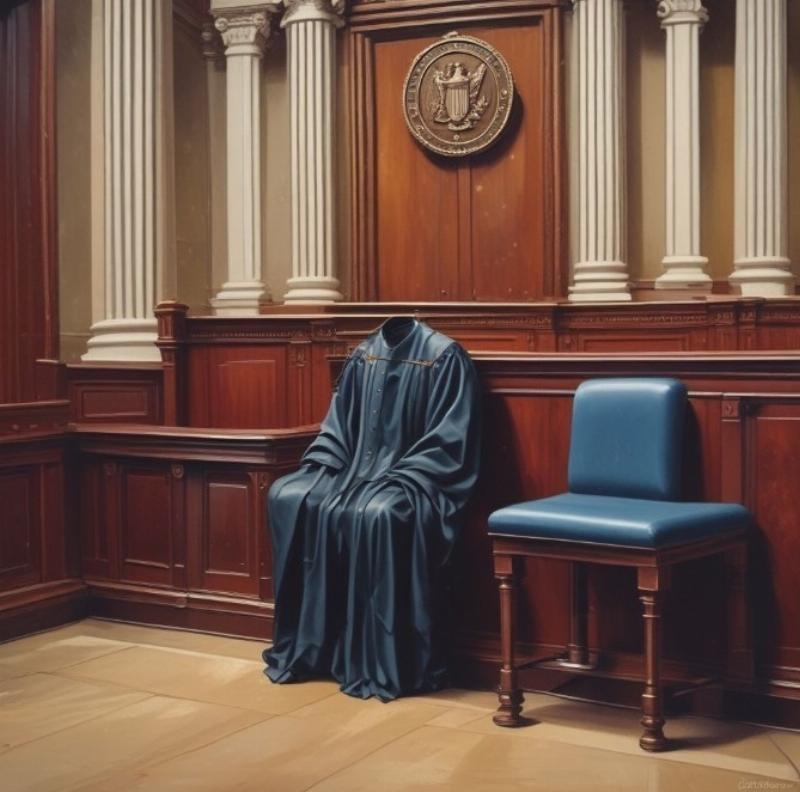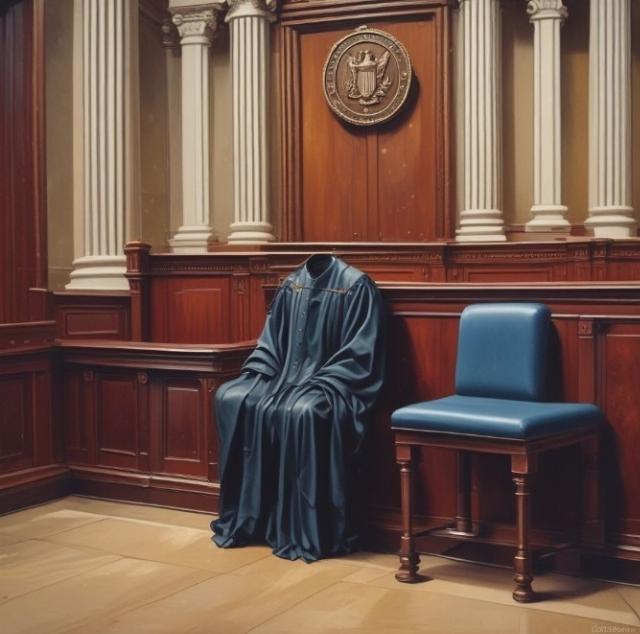


The separation of powers is the fundamental organizing principle of our Constitution. The express purpose of separating the functions of government into three distinct departments is to impair the natural tendencies of governments to degenerate into authoritarianism. This was explicitly acknowledged by James Madison in Federalist 47:
The accumulation of all powers, legislative, executive, and judiciary into the same hands, whether of one, a few or many, and whether hereditary, self-appointed or elective, may justly be pronounced the very definition of tyranny.
The separation of powers was incorporated into the structure of the Constitution. An intra-branch check on the legislative authority is provided by dividing that authority between the House of Representatives and the Senate. The Constitution provided for an intra-branch check within the judicial branch through appellate review. These were in addition to the inter-branch checks such as judicial review, the power of appointment and impeachment, and the constraints imposed by the spending power of Congress. The intent of all these was the same: to resist the tendency toward authoritarianism.
The people who drafted and ratified the Constitution knew that the separation of powers, by itself, was an imperfect and insufficient impediment to authoritarianism and tyranny. It required a system of checks and balances that could itself be abused to violate the spirit, and defeat the purpose, of separating powers.
Madison understood that a functional system of separation of powers required more than verbal aspirations recorded in the Constitution. He wrote "Mere demarcation of parchment... is not a sufficient guard against those encroachments which lead to a tyrannical concentration of all the powers of government in the same hands."
The Founders knew that there was no passive means of protecting the values represented in the Constitution, nor was there any single mechanism that was sufficient to do so. While they recognized that government legitimacy derived from the people, they were skeptical of direct democracy. They knew that a significant portion of the people would often be uninterested in the details of constitutional fidelity, particularly during periods of peace and prosperity. They also knew that public sentiments were volatile, as Madison opined in Federalist 49: "The passions, therefore, not the reason, of the public would sit in judgment."
The Founders had hoped that the individual members of each branch would protect the institutional interests of their respective branch against the encroachments of the other two; “Ambition must be made to counteract ambition,” as Madison claimed in Federalist 51. The drafters of the Constitution knew that it was inevitable that some government officials would be incompetent, ideology-addled, corrupt, or craven, but trusted that a free and democratic republic would maintain institutions to keep these to a manageable minority. This last assumption is currently being tested by an activist judiciary.
 The present habit of some of Federal District Court judges to enjoin executive action severely degrades what Madison referred to as “the constitutional equilibrium of the government.” This phenomenon has several causes. Two of the most important are partisan politics, and overreaching attempts by some jurists to decide cases according to what they think society’s priorities should be, rather than what they actually are. This is a fundamentally corrupt practice.
The present habit of some of Federal District Court judges to enjoin executive action severely degrades what Madison referred to as “the constitutional equilibrium of the government.” This phenomenon has several causes. Two of the most important are partisan politics, and overreaching attempts by some jurists to decide cases according to what they think society’s priorities should be, rather than what they actually are. This is a fundamentally corrupt practice.
The primary purpose of the judicial branch is to provide the structure and mechanisms necessary to the peaceful resolution of disputes. Courts provide the mechanisms of due process, which are the procedures for determining whether ascertainable facts support the application of established law. Due process allows litigants to challenge assertions of fact, but is not intended to provide a mechanism for courts to modify legislation or interfere with the legitimate enforcement of the law.
A legal system requires a few specific qualities to provide for effective dispute resolution. These include: finality, consistency, impartiality, and fairness. These are qualities of processes, not outcomes, and trying to manipulate individual cases so that any of them might appear to apply to a given outcome degrades the legitimacy of courts and judges.
Judicial activism has goals beyond simple obstruction.
When the Constitution was ratified, the judiciary was understood, as Hamilton declared in Federalist 78, “to have neither force nor will, but merely judgment.” When district courts block executive action, or fashion remedies that impose burdens on the broader society, they not only transgress Hamilton’s premise and directly affront the separation of powers, but also undermine deeper constitutional principles.
The current fashion among certain District Court judges to reflexively enjoin Trump administration actions undercuts one of the essential mechanisms of maintaining a functional system of separation of powers. Madison’s conception that the powers of the three branches of government would be in separate hands, with each resisting incursion by the other branches, does not apply when the same partisan interests animate the members of each branch.
The Founders did not contemplate the rise of machine politics. They feared factions, which they assumed were transient single-issue associations. When Madison used the word "parties" he was referring to groups with narrowly defined interests rather than two coalitions with fundamentally different views of the individual's relationship to society. As Madison observed, tyranny results from the accumulation of government powers "into the same hands." He did not seem to consider that the same hands might be different personnel in the various branches of government coordinating their activities in the interests of partisan goals rather than preservation of founding principles.
The values of the society in which a judicial system operates should be inherent in a judge’s decisions. The Constitution was designed for an enterprising and energetic society that would achieve the common good and promote human progress through individual responsibility, individual rights, and a culture of respect for the law. This conception, which guided the substance and structure of the Constitution, has been challenged by a conception of government that is therapeutic rather than enterprising, accommodating rather than law-abiding, and ideological rather than practical.
The Constitution reflected certain political priorities. Liberty and avoiding tyranny took precedence over safety; the rule of law took precedence over empathy; and limiting government powers took precedence over the illusion that it was society’s obligation to provide a remedy for every grievance.
Recent judicial activism rejects these priorities. These rejections are not founded on broad public support. There have been no plebiscites, conventions, or even representative consensus to support them. They originate solely from the ideological preferences of individual judges, and are part of a pattern of progressive activism that seeks to impose political values by elitist acclamation.
When lower court judges enter broad injunctions against executive and legislative action, on grounds that such action might transgress progressive notions of equity in individual cases, they are assuming an established consensus regarding societal and political values that does not exist.
Many of the ideological ambitions and priorities of the progressive Left require a degree of authoritarianism that is repugnant to the Constitution. To accomplish this, progressives must weaken those institutional structures, such as the separation of powers, that help protect against authoritarianism. They must also impose a set of values that are contrary to our founding principles. As Madison noted, “Mere demarcation of parchment” is insufficient to guard against these perils. Eventually the people, the ultimate source of legitimate government authority, will have to decide the issue.
Image: Magic Studio
